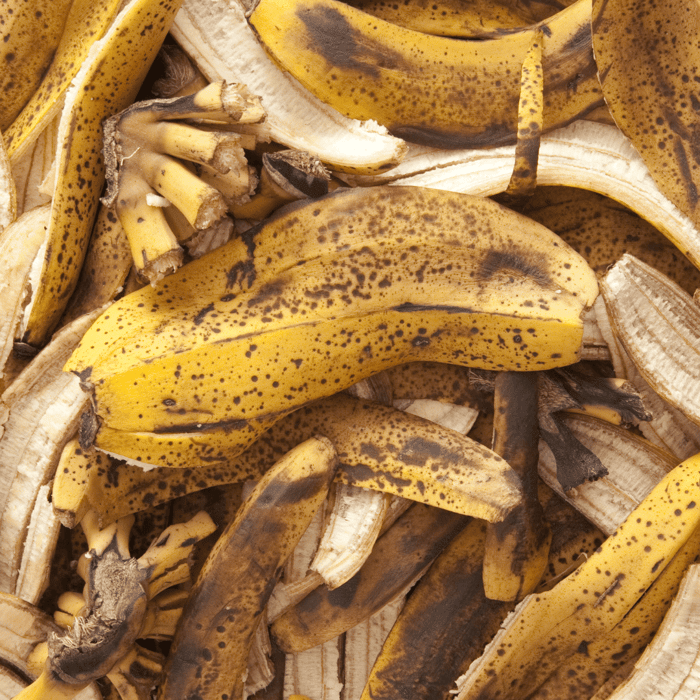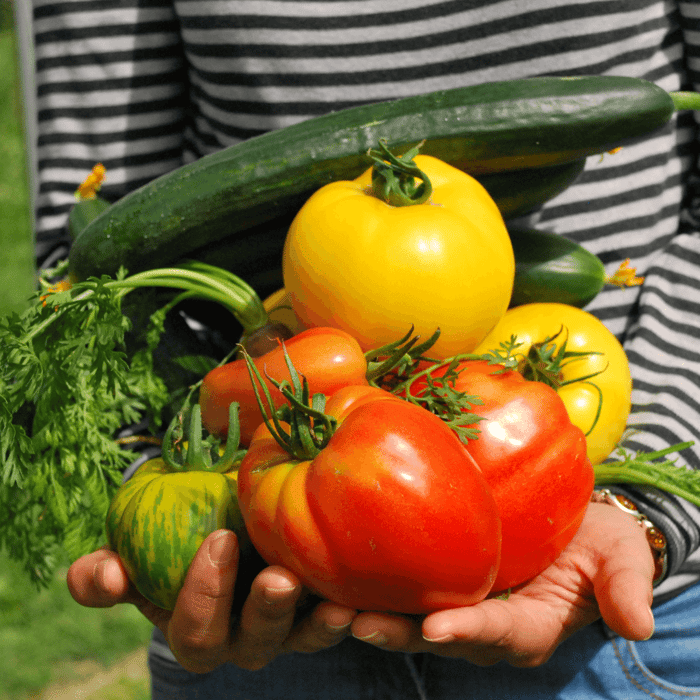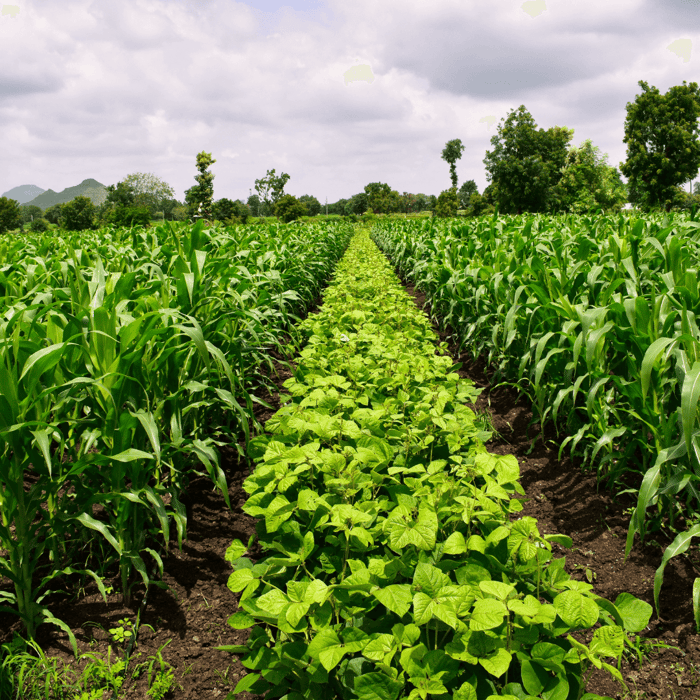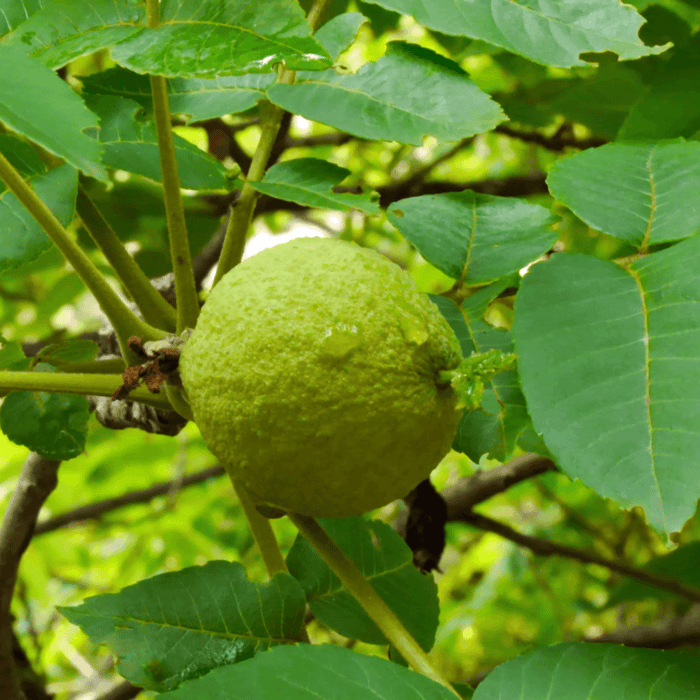Hi there! I'm a female gardener who absolutely adores her plants. If you want to give your garden extra love and care, you've come to the right place. Today, we'll discuss whether banana peels are suitable for vegetable gardens and how to use them in a step-by-step guide. So let's dive in and learn how to treat your loving plants and are banana peels good for vegetable gardens!
Introduction: The Benefits of Banana Peels in the Garden
Banana peels are an excellent, natural way to add essential nutrients to your garden. They're rich in potassium, phosphorus, and other micronutrients your plants need to thrive. In this article, we'll cover several ways to use banana peels in your garden, including:
- Making banana peel fertilizer
- Using banana peels as a side dress
- Incorporating them into rich compost
- And more!
1. Preparing Banana Peels for Your Garden
Before adding banana peels to your garden, preparing them correctly is essential. Here's a step-by-step guide:
- Step 1: Rinse the peels to remove any pesticides or contaminants.
- Step 2: Cut the banana peels into small pieces. Chopped peels will decompose faster, releasing their nutrients more quickly.
- Step 3: Optionally, you can dry banana peels to store them for later use. Spread the chopped peels on a tray and leave them in a sunny spot for a few days, or use a dehydrator.
2. Banana Peel Fertilizer
Banana peel fertilizer is a fantastic way to provide your plants with potassium, phosphorus, and other essential nutrients. Here's how to make your own:
- Step 1: In a bAddmall pieces of the banana peel with some water.
- Step 2: In a blender, blend the mixture until it forms a smooth liquid.
- Step 3: Use the liquid as a fertilizer by diluting it with water at a 1:5 ratio. Apply this mixture directly to the potting soil around your plants
3. Side Dressing with Banana Peels
Side dressing is a technique used to provide nutrients to the soil around your plants. Here's how to use banana peels as a side dress:
- Step 1: Dig a shallow trench around the base of your plants, about 2-3 inches deep.
- Step 2: Add the small pieces of banana peel to the trench.
- Step 3: Cover the peels with soil, being careful not to let them touch the plant stem
4. Adding Banana Peels to Your Compost Pile
Banana peels make a great addition to your compost pile, adding valuable nutrients that will eventually be returned to your gar en. Here's how to add them:
- Step 1: Add the small pieces of banana peel to your compost pile or bin.
- Step 2: Mix the peels into the compost to help them break down faster.
- Step 3: Once your compost is ready, add it to your garden to provide a nutrient-rich soil amendment
5. Banana Peels as a Natural Pest Repellent
Banana peels can also help keep pests away from your plants. Here's how to use them as a natural pest repellent:
- Step 1: Bury small pieces of banana peel around the base of your plants, about 1-2 inches deep.
- Step 2: As the peels decompose, they will release compounds that deter pests such as aphids and ants
6. Banana Peel Tea for Your Plants
Banana peel tea is another fantastic way to give your plants the necessary nutrients. Here's how to make it:
- Step 1: Fill a jar with small pieces of banana peel.
- Step 2: Add water to the pot, completely covering the peels.
- Step 3: Close the jar and let it sit for a week, allowing the nutrients to seep into the water.
- Step 4: Strain the liquid, and use it to water your plants. Dilute the banana peel tea with water at a 1:5 ratio.
7. Using Banana Peels for Air Plants and Staghorn Ferns
Air plants and staghorn ferns are unique plants that can benefit from the nutrients found in banana peels. Here's how to use banana peels for these plants:
- Step 1: Place a small piece of banana peel in a shallow dish.
- Step 2: Add a small amount of water to the dish, just enough to cover the peel.
- Step 3: Allow your air plant or staghorn fern to rest on the banana peel for a few hours, soaking up the nutrients
8. Creating an Apple Cider Vinegar and Banana Peel Tonic
An apple cider vinegar and banana peel tonic can help boost your plant's overall health. Here's how to make it:
- Step 1: Combine small pieces of banana peel and 2 cups of water in a jar.
- Step 2: Add 1 tablespoon of apple cider vinegar to the jar.
- Step 3: Close the jar and let it sit for a week, allowing the nutrients to infuse into the water.
- Step 4: Strain the liquid and dilute it with water at a 1:5 ratio. Use this tonic to water your plants once a month.
Conclusion: Embrace the Power of Banana Peels in the Garden
Banana peels are a versatile, natural way to enhance the health of your vegetable garden. Using them as a fertilizer, side dress, or part of a nutrient-rich compost ensures your plants receive the potassium and phosphorus they need to flourish. Plus, with their natural pest-repellent properties, you can keep your garden healthy and thriving.
So, don't toss those banana peels in the trash! Instead, put them to good use by incorporating them into your gardening routine. Your loving plants will thank you for it!
 Frequently Asked Questions - Are Banana Peels Good for Vegetable Gardens
Frequently Asked Questions - Are Banana Peels Good for Vegetable Gardens
Below, we've compiled a list of frequently asked questions about using banana peels in the garden. These FAQs will help clarify any concerns or misconceptions and guide you toward a thriving vegetable garden.
Q1: Can I add whole banana peels to my garden?
While it's possible to add whole banana peels to your garden, it's better to chop them into small pieces first. Chopped peels decompose faster, releasing their nutrients more quickly and efficiently.
Q2: Can I use banana peels in a worm composting bin?
Yes, you can add banana peels to your worm composting. However, it's essential to cut the peels into small pieces and only add a moderate amo nt. Too many banana peels can create an acidic environment that may harm your worms.
Q3: Do banana peels attract pests or rodents?
Banana peels can attract some pests, like fruit flies if left exposed in the garden. To avoid this issue, bury the peels a couple of inches deep in the soil or add them to a covered compost bin.
Q4: Can I use banana peels on all types of plants?
Banana peels are beneficial for most plants, as they provide essential nutrients like potassium and phosphorus. However, some plants may be more sensitive to the acidity of banana peels. Start with a small amount to avoid potential issues and monitor your plants' response.
Q5: How long does it take for banana peels to decompose?
The decomposition time of banana peels depends on various factors, including the size of the pieces, environmental conditions, and the presence of decomposers like worms and microorgani ms. Chopped banana peels can decompose in as little as a few weeks, while whole peels may take a few months.
Q6: Can I use banana peels on indoor plants?
Yes, you can use banana peels on indoor plants. Consider making a banana peel fertilizer, banana peel tea, or an apple cider vinegar and banana peel tonic to provide your indoor plants with essential nutrie ts. Remember to dilute these mixtures before using them on your plants.







